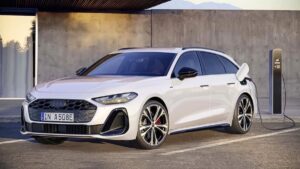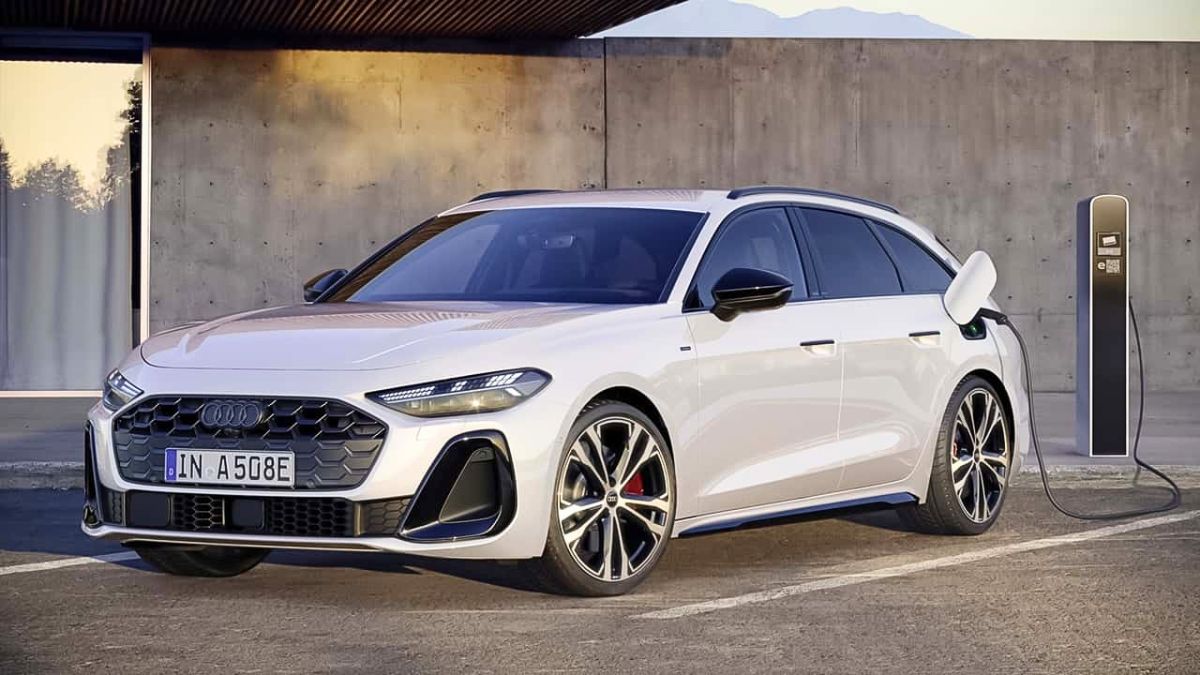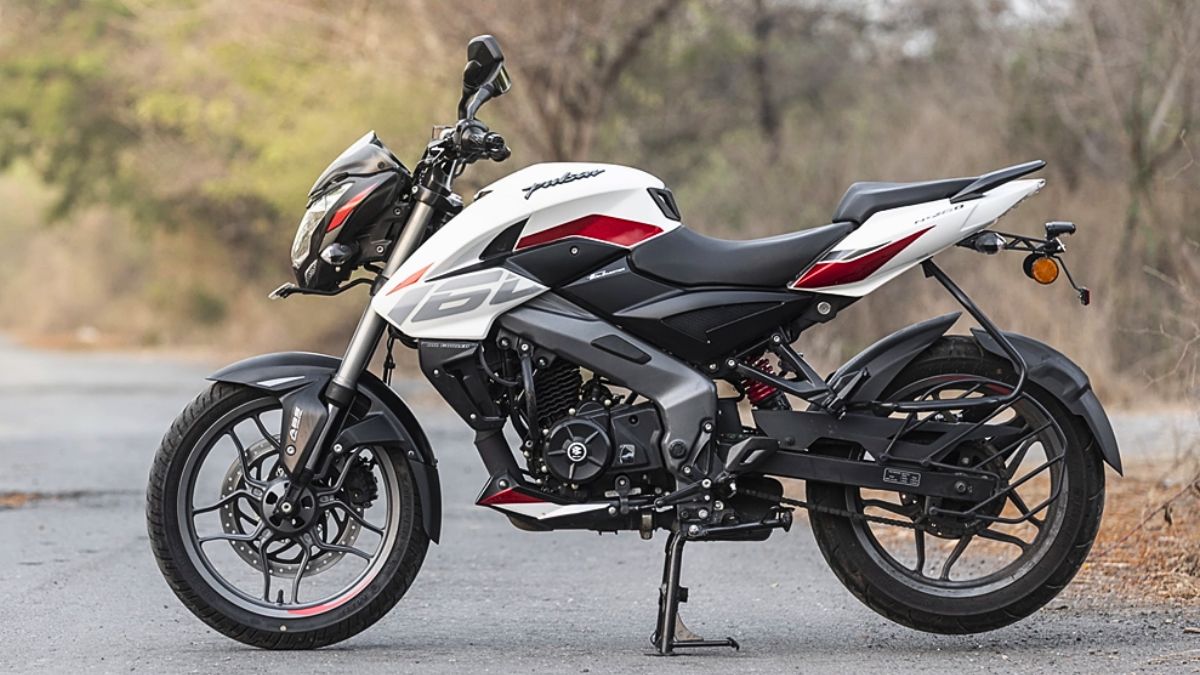U.S. New Car Sales Hit: The U.S. automotive market experienced significant growth in 2024, marking its highest sales figures in five years. With a total of 15.9 million vehicles sold, the industry rebounded strongly from pandemic-induced lows. This recovery was fueled by several factors, including replenished inventories, attractive incentives, and a notable surge in demand for hybrid vehicles. In this comprehensive article, we delve into the key drivers behind this resurgence, examine the performance of major automakers, explore trends in hybrid and electric vehicles (EVs), and consider the potential impact of upcoming policy changes on the indust
Resurgence of the U.S. Auto Market
Context and Recovery
The U.S. auto industry, like many others, faced significant challenges during the COVID-19 pandemic. Disrupted supply chains, semiconductor shortages, and fluctuating consumer demand led to a sharp decline in vehicle production and sales. However, as these challenges eased in 2024, the industry staged a robust recovery, with sales reaching 15.9 million vehicles—a 2.2% increase from 2023 and the highest level since 2019.
This growth reflects a return to normalcy, aided by strong consumer demand and manufacturers’ strategic adjustments. The resurgence was especially evident in the hybrid vehicle segment, which saw a dramatic 36.7% year-over-year increase in sales.
The Role of Consumer Incentives
Automakers introduced a variety of incentives to attract buyers in 2024, including financing deals, rebates, and loyalty programs. These efforts, combined with federal incentives for EVs and hybrids, played a crucial role in boosting sales. The return of competitive pricing also encouraged many buyers to upgrade or replace their vehicles, further contributing to the market’s growth. For more insights into the U.S. auto market’s recovery, visit Wards Intelligence.
Performance of Major Automakers
General Motors (GM): Leading the Charge
General Motors solidified its position as the top U.S. automaker in 2024, selling 2.7 million vehicles—a 4.3% increase from the previous year. The company’s success can be attributed to strong sales of its core lineup, including popular trucks like the Chevrolet Silverado and GMC Sierra, as well as its renewed focus on hybrid and electric models.
According to Rory Harvey, GM’s head of global markets, the company is optimistic about 2025, stating, “We’re carrying significant momentum into 2025.” GM’s strategic investments in EV technology and battery production are expected to pay dividends in the coming years.
Toyota: Riding the Hybrid Wave
Toyota’s sales rose by 3.7% in 2024, driven by the enduring popularity of models like the Camry and RAV4, as well as the explosive growth of its hybrid offerings. The automaker’s commitment to hybrid technology has positioned it as a leader in the transition to greener vehicles.
David Christ, Toyota’s head of sales and marketing in North America, highlighted the demand for hybrids, stating, “For hybrids, we’re sold out—customers want them, we can’t get enough of them.” Toyota’s success underscores the growing consumer preference for fuel-efficient, environmentally friendly vehicles.
Ford: Strength in Hybrids and Trucks
Ford also posted strong results in 2024, with total vehicle sales rising by 4.2%. The company’s hybrid sales more than doubled those of its EVs, with 187,426 hybrids sold compared to 97,865 EVs. Ford’s F-Series trucks continued to dominate the market, while its hybrid models gained traction among environmentally conscious buyers.
Stellantis: A Year of Challenges
Unlike its competitors, Stellantis faced a difficult year, with U.S. sales dropping by 15%. Popular brands like Jeep, Ram, and Dodge struggled to maintain their market share, partly due to pricing missteps and internal management changes. The departure of former CEO Carlos Tavares added to the company’s woes, highlighting the need for strategic realignment in 2025.
Tesla: Navigating a Competitive Landscape
Tesla, once synonymous with the EV market, reported a rare decline in yearly sales in 2024. The company faced growing competition from established automakers and Chinese EV manufacturers, as well as criticism for its aging model lineup. Despite these challenges, Tesla remains a key player in the EV market, with plans to introduce new models and expand its global footprint.

The Rise of Hybrid Vehicles
Why Hybrids Are Gaining Popularity
Hybrid vehicles combine the best of both worlds: the fuel efficiency of electric power with the convenience of gasoline engines. This makes them an attractive option for consumers seeking greener alternatives without the range anxiety associated with fully electric vehicles.
Toyota’s Hybrid Strategy
Toyota’s decision to potentially transition its entire lineup to hybrid-only models reflects the growing demand for these vehicles. Models like the Toyota Prius and RAV4 Hybrid have set industry benchmarks for performance and efficiency.
Ford’s Hybrid Success
Ford’s focus on hybrids has allowed it to appeal to a broader audience, particularly in regions where EV charging infrastructure remains underdeveloped. The company’s hybrid trucks and SUVs, including the Ford Escape Hybrid, have been particularly well-received.
New Performance Cars Launching in 2025: A Paradise for Enthusiasts
EV Market Trends
Slow but Steady Growth
Electric vehicles accounted for 8% of total U.S. vehicle sales in 2024, up slightly from 7.6% in 2023. This growth, while positive, fell short of initial expectations, highlighting the challenges of transitioning to an all-electric future.
Challenges Facing EV Adoption
Key barriers to EV adoption include:
- High upfront costs despite federal tax credits.
- Limited charging infrastructure in rural and suburban areas.
- Consumer hesitation regarding battery longevity and resale value.
Future Outlook
Automakers like Ford and GM are doubling down on EV investments, with plans to launch affordable models and expand charging networks. However, policy changes under the Trump administration, including the potential rollback of EV tax credits, could slow this progress.
Policy Changes: What Lies Ahead?
Impact of the Trump Administration
The incoming Trump administration has proposed several policy changes that could significantly impact the automotive industry. These include:
- Eliminating the $7,500 EV tax credit, which could dampen demand.
- Increasing tariffs on vehicles and parts imported from Mexico and Canada.
- Rolling back emissions standards, potentially reducing the appeal of green vehicles.
Automakers are preparing for these changes by adjusting their strategies and focusing on core market segments.
U.S. New Car Sales Hit: Conclusion
The U.S. automotive industry in 2024 demonstrated remarkable resilience and adaptability, achieving its best sales performance in five years. Hybrid vehicles emerged as the stars of the year, while the EV market showed modest progress. As automakers look to 2025, the industry faces both opportunities and challenges, with policy changes and evolving consumer preferences set to shape its future.
U.S. New Car Sales Hit: FAQ
1. What were the total U.S. car sales in 2024?
15.9 million vehicles, the highest figure since 2019.
2. Which automaker sold the most vehicles?
General Motors led the market with 2.7 million vehicles sold.
3. Why are hybrid vehicles becoming popular?
Hybrids offer a combination of fuel efficiency and performance, appealing to environmentally conscious consumers.
4. How did EVs perform in 2024?
EVs accounted for 8% of total U.S. vehicle sales, with approximately 1.3 million units sold.
5. What policy changes could impact the auto industry?
The Trump administration’s plans to eliminate EV tax credits and increase tariffs may influence consumer behavior and pricing.











1 thought on “U.S. New Car Sales Hit: Five-Year High in 2024, Driven by Hybrid Boom”